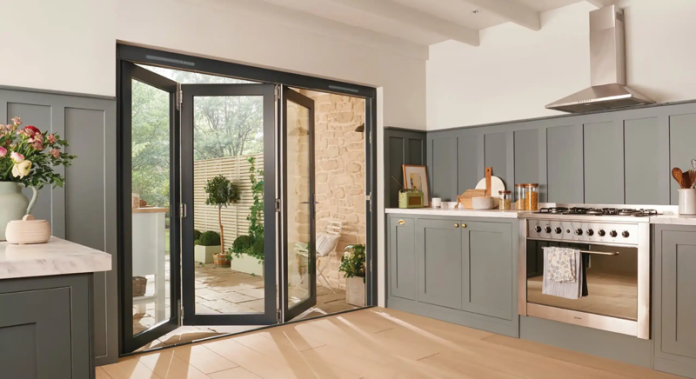Patio doors not only enhance the aesthetic appeal of your home but also serve as a crucial point of access. However, traditional patio doors can pose challenges for individuals with mobility issues or disabilities. Ensuring accessibility for all members of your household or visitors is essential. In this guide, we’ll explore seven practical tips for improving patio doors accessibility.
Why is Patio Door Accessibility Important?
Patio door accessibility holds significant importance for several reasons:
Inclusivity: Accessible patio doors ensure that individuals with disabilities can independently enter and exit outdoor spaces, promoting inclusivity within the home environment.
Independence: Easy-to-use patio doors empower individuals with mobility challenges to move freely in and out of the house without assistance, fostering independence and self-reliance.
Safety: Improving accessibility reduces the risk of accidents and injuries associated with navigating traditional patio doors, enhancing overall safety for residents and visitors.
Convenience: Accessible patio doors enhance convenience for everyone, making it easier to transport items in and out of the house and facilitating seamless transitions between indoor and outdoor spaces.
7 Tips to Improve Patio Door Accessibility
Patio door experts DoorsDirect2u offer the following advice for those wanting to make their external patio doors more accessible:
Choose the Right Type of Patio Door:
Selecting the appropriate type of patio door is the first step towards improving accessibility. Consider options such as sliding doors or bi-fold doors, which require minimal effort to operate compared to traditional hinged doors. Sliding doors, in particular, offer a wide opening without protruding hinges, making them easier to navigate for wheelchair users or individuals with limited mobility.
Install Lever Handles:
Traditional doorknobs can be challenging to grip and turn, especially for those with arthritis or hand dexterity issues. Replace them with lever handles, which require a simple downward push or pull motion to operate. Lever handles are easier to grasp and manipulate, providing improved accessibility for everyone.
Ensure Smooth Operation:
Smooth operation of patio doors is crucial for accessibility. Regular maintenance, such as lubricating tracks and hinges, ensures effortless opening and closing. Avoid installing patio doors that require excessive force to operate, as they can be difficult for individuals with strength limitations. Smooth-gliding doors enhance usability and accessibility for all users.
Incorporate Threshold Ramps:
Thresholds can create barriers for wheelchair users and individuals with mobility aids. Installing threshold ramps eliminates uneven surfaces, making it easier to move in and out of the house. Choose ramps made of durable materials such as aluminum or rubber, ensuring stability and longevity. Threshold ramps provide a seamless transition, improving accessibility for those with mobility challenges.
Implement Automated Systems:
For ultimate convenience and accessibility, consider incorporating automated systems into your patio doors. Automatic sliding or folding mechanisms can be operated with the push of a button or remote control, eliminating the need for manual effort. These systems are particularly beneficial for individuals with limited mobility, allowing them to independently access outdoor spaces with ease.
Optimize Lighting:
Proper lighting around patio doors enhances visibility and safety, especially for those with visual impairments. Install bright, energy-efficient LED lights near the doorway and along pathways to illuminate the area effectively. Motion-sensor lights are a convenient option, automatically activating when someone approaches the door. Adequate lighting improves navigation and accessibility for all users, particularly during nighttime or low-light conditions.
Consider Accessible Entryways:
In addition to focusing on patio door accessibility, evaluate the overall entryway design for optimal inclusivity. Ensure pathways leading to the patio doors are wide and obstacle-free, allowing easy passage for wheelchairs, walkers, or strollers. Incorporate non-slip surfaces to prevent slips and falls, and consider installing handrails for additional support. Creating accessible entryways promotes independence and inclusivity for everyone accessing your home.
Closing Thoughts
Improving patio door accessibility is essential for creating a welcoming and inclusive environment for all individuals, regardless of their mobility or ability level. By following these seven tips, you can enhance the usability and functionality of your patio doors, ensuring that everyone can enjoy seamless access to outdoor spaces. Prioritizing accessibility not only benefits those with disabilities but also enhances the overall convenience and comfort of your home. Take proactive steps today to make your patio doors more accessible and inclusive for everyone.
















